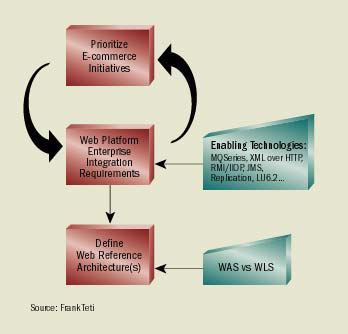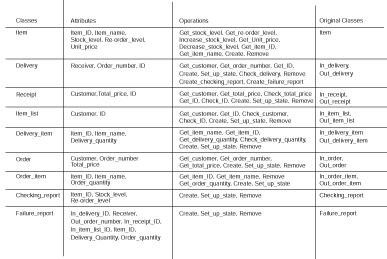
When the world is your living room, things had better work.
Data warehouse projects can falter from lack of meta data; Microsoft may have gained a lead in defining a standard.
Careful attention to business-rules modeling can pay off.

The database giant rolls along by adding Internet technologies to its database, tools and application software; turns to Java, XML and other open technologies to help IT join the i wave.

First, it was good but slow. Now, it is good to go.

IBM's component architecture has been all over the map. The view, however, seems to be improving.
In the real-time enterprise these days, it is process, process, process.
IT needs tools that can bridge legacy mainframe and distributed systems. Will the next generation do the trick?
They've been seeking definition; now, app servers are poised as today's e-business platform choice.

As Fortune 1000 companies continue to overcome technology hurdles in their quest to Webify their legacy back ends, Java 2 Enterprise Edition is emerging as the architecture best suited for legacy integration via the Internet.

This article proposes an object-oriented analysis (OOA) technique based on the Unified Modeling Language (UML).
GNOME and KDE—two feature-rich and mature desktop environments—are vying for the hearts and minds of Linux users.